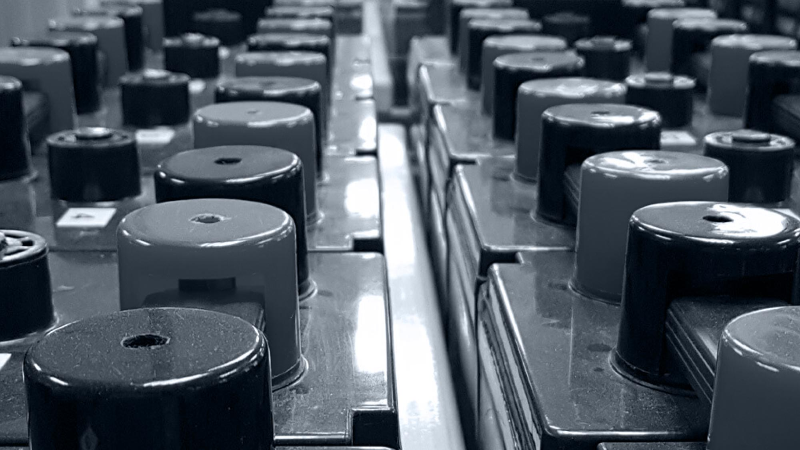The aerospace sector’s priority is aviation safety; strict criteria guarantee the dependability and performance of aircraft engines. The use of an aviation engine test cell is one of the most important aspects of this safety system. These specialist facilities heavily evaluate the durability and functionality of engines before putting them into use in airplanes. These test cells guarantee that engines satisfy the highest criteria of performance and safety, thus supporting the general dependability of contemporary aircraft through thorough testing procedures.
Simulating Real-World Conditions for Engine Optimization
A highly specialized facility known as an aircraft engine test cell replicates the operational environment of an aircraft engine. Advanced instrumentation and technology used in these test cells let engineers assess many facets of an engine’s performance, including mechanical integrity, fuel economy, and thrust. By simulating the circumstances an engine may encounter during flight, test cells provide engineers with vital information to identify potential problems and implement necessary changes before clearing the engine for use.
The thorough testing procedure involves a sequence of controlled tests pushing the engine to its capacity. These tests assess engine performance under various loads, high altitudes, harsh temperatures, and other conditions. This comprehensive approach ensures that the engine can withstand the pressures of actual operation, reducing the risk of failure once it is running. Furthermore, the results of these tests are valuable for ongoing development because they enable engineers to create more dependable and effective engines for future aircraft.
The Vital Role of Specialized Testing Facilities in Aviation Safety
Crucially in the engine development and certification process is aviation engine testing, conducted inside an aircraft engine test cell. Not only does this testing confirm the performance and design of new engines, but it is also important for the overhaul and maintenance of current engines. Frequent testing ensures that engines remain in optimal condition throughout their operating lifetime, thereby improving the efficiency and safety of air travel.
One cannot fully appreciate the significance of these specialized facilities. They are crucial in spotting and reducing any hazards so that every engine passing through them satisfies the high criteria needed for flight. The depth of the testing process directly determines the dependability of these engines, making these facilities essential in the aviation sector.
Aviation safety depends on utilizing these testing facilities. They allow engineers to assess engine performance through comprehensive aircraft engine testing fully, ensuring that every engine can meet the high expectations of air transportation. Through rigorous engine testing processes, these facilities continuously develop engine technology, thereby enhancing the safety, dependability, and efficiency of contemporary aviation. As the aerospace sector develops, the role of these testing facilities will become even more important, helping to create next-generation engines and guaranteeing the ongoing safety of air travel.

